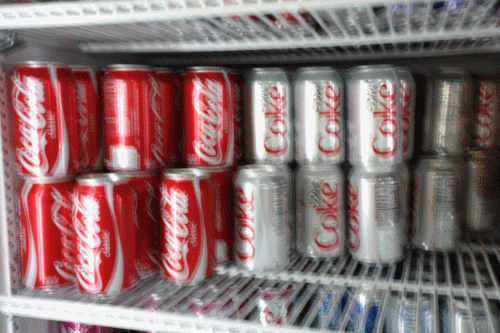Image deblurring using inertial measurement sensors
Interesting paper from Neel Joshi, Sing Bing Kang, C. Lawrence Zitnick, Richard Szeliski at Microsoft Research, describing how they mounted 3 gyroscopes and a 3-axis accelerometer on a DSLR to record the camera’s motion while a picture is being taken, and used that data to automatically deblur the resulting image at the software level. From their abstract:










